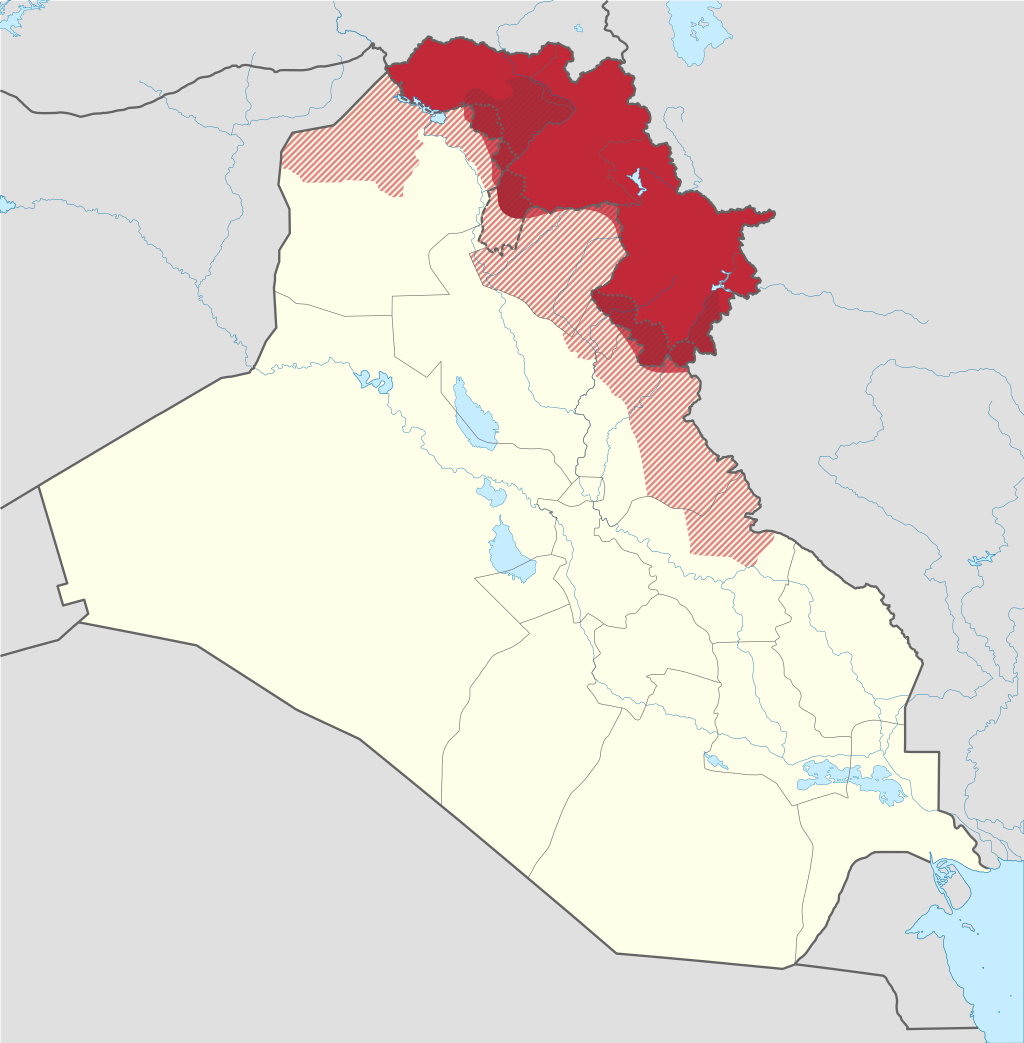In 1988, Iraq’s ruling Ba’thist regime under Saddam Hussein was embroiled in a war with neighboring Iran. The repressive Iraqi government feared both Kurdish calls for independence and the potential that the Kurds would ally with Iran. To crush any possibility of Kurdish resistance, the regime carried out eight Anfal campaigns against its rural Kurdish population. The campaigns were led by Ali Hassan Al-Majid, who became known as Chemical Ali for his use of chemical weapons against civilians. Al-Majid preferred to carry out his campaigns in secret, so he did not mobilize large swaths of the Iraqi population against the Kurds. Instead, he deployed the Iraqi army. Each attack began with airstrikes and chemical weapons attacks followed by ground assaults and mass executions. More than 1,000 villages were destroyed. The survivors were either deported to concentration camps or resettled. These attacks were sometimes facilitated by Kurdish militias loyal to the regime, who rounded up civilians and provided other supporting roles, although it is unclear how much they knew about the campaign’s overall goals.
Further violence against the Kurds took place concurrently with the Anfal campaigns. The most infamous of these was the chemical weapons attack on the village of Halabja which resulted in almost 5,000 civilian deaths, a scene of horror captured by foreign photographers. Further attacks against urban areas of Kurdish settlement were only interrupted by the first Gulf War.
The governments of the U.S. and other countries knew of the Anfal attacks, but antipathy towards Iran meant that there were few efforts to stop the Anfal campaign. A measure of justice was only gained after the U.S. invasion of Iraq in 2003. Saddam Hussein and Ali Hassan Al-Majid were both captured, put on trial, and eventually executed. However, Saddam’s trial mostly focused on other atrocities and his role in the Anfal campaigns was not fully examined in court.
Jones, Adam. Genocide: A Comprehensive Introduction. 3rd ed. London: Routledge, 2017.
Leezenberg, Michiel. “The Anfal Operations in Iraqi Kurdistan.” In Centuries of Genocide: Essays and Eyewitness Accounts, edited by Samuel Totten and William S. Parsons. 4th ed. New York: Routledge, 2013.

By Spesh531, TUBS – This vector image includes elements that have been taken or adapted from this: Iraq location map2.svg (by NordNordWest).Claimed borders based on the sourced map File:Southern and western kurdistan.png., CC BY-SA 3.0,
https://commons.wikimedia.org/w/index.php?curid=33619803
Borders of the Kurdistan Region (disputed) Pre-2014 borders Recognised territory of the Kurdistan Region Disputed territory incorporated into the Kurdistan Region Other territory claimed and controlled by the Kurdistan Regional Government (approximate) Other territory claimed by the Kurdistan Regional Government Rest of Iraq